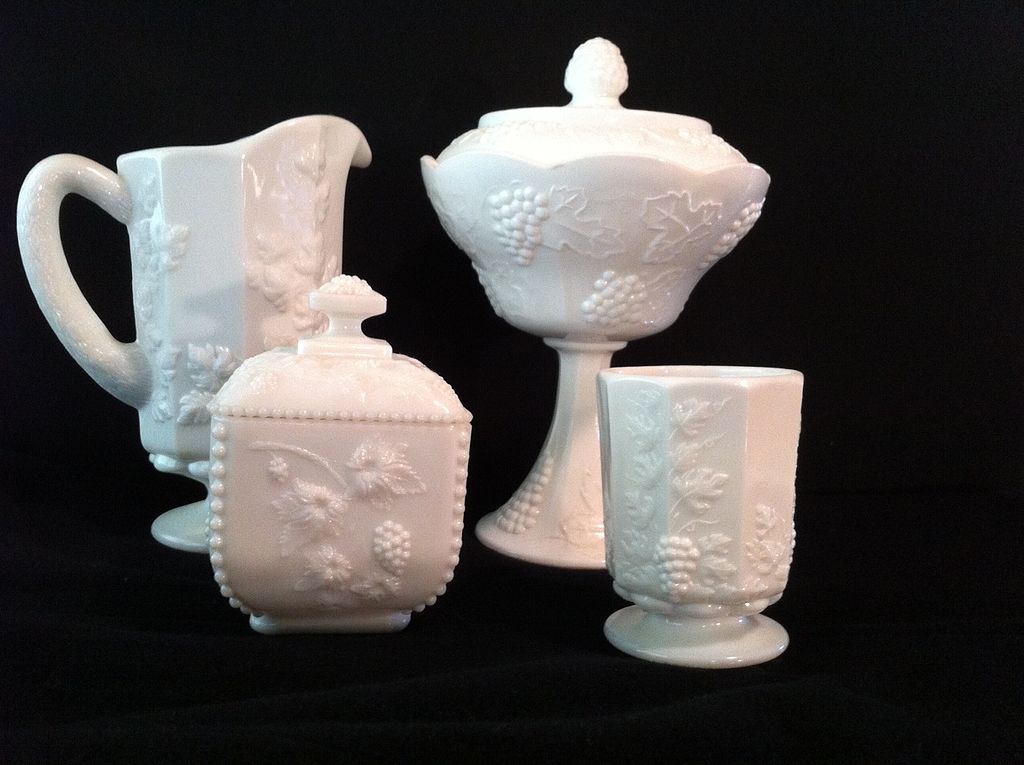
A 2011 study at University College London found that when we behold a pleasing work of art, blood rushes to our head in a physiological reflex that’s akin to gazing at a loved one. What explains such an immediate and unconscious seduction? In his new book Affinities: On Art and Fascination, critic and essayist Brian Dillon takes this instinctive rapport as the starting point for a series of elegant and discursive meditations on art’s enchantments. The book is the third in a trilogy devoted to close reading; its predecessors, Essayism (2017) and Suppose a Sentence (2020), were paeans to essays and sentences respectively. In Affinities, Dillon turns his attention to images, and is again a rangy scavenger. His source material—photographs, film stills, and engravings, among other artifacts—chronologically spans the 17th century to the pandemic lockdown of 2020. Each chapter riffs on an image, tracing the contours of an artist’s biography or following Dillon’s own intuitive associations. Heavyweights such as Warhol, Arbus, and Eggleston mingle with more esoteric subjects like migraine auras, the 1981 TV adaptation of Brideshead Revisited, and the 19th century astronomical observations of the English polymath John Herschel. Interlaced with these short exegeses is a ten-part “essay on affinity” that unpacks the historical, etymological, conceptual, and personal baggage of the term. The result is a provocative and open-ended investigation of art’s ineffable allure.
Related Articles
Dillon begins with semantic negotiations. “How to describe, as a writer, the relation it seemed the artists had with their chosen and not chosen—what is the word? Talismans? Tastes? Sympathies? Familiars? Superstitions? Affinities,” he writes. He describes affinity as “something like but unlike critical interest, which has its own excitements but remains too often at the level of knowledge, analysis, conclusions, at worst the total boredom of having opinions.” Dillon’s brand of affinity goes deeper than the internet’s algorithmic recommendations, and is more authentic than the manufactured kinships trumpeted in marketing collateral. Affinity, he writes, is like fascination, but not. It’s a less sentimental sibling to appreciation: a term with the same bloodline but a different character. It’s beyond aesthetics. It’s impermanent. Ultimately, it’s not even thinkable—a “mode of dumb fascination.” Elsewhere in the book, he describes the attempt to anatomize affinity as “stupid” and “idiotic.” His thematic playground here is the gap between how art transfixes us and our inability to articulate that transfixion. (T.J. Clark’s 2006 book on Poussin, The Sight of Death, shares such language; he wonders if only “the physical, literal, dumb” act of looking can satisfy the mind.)
It’s risky to structure a book as a kind of Wunderkammer—what if it dissipates into its own eclecticism?—and riskier still to feature artists who have been embalmed by decades of analysis. But Dillon’s accretive method is itself a textual demonstration of affinity that helps his various subjects cohere. Artists who have their own chapter reappear in chapters about others: William Klein is invoked alongside Arbus and the Japanese photographer Kikuji Kawada; Claude Cahun is mentioned in connection to Dora Maar and Francesca Woodman. Chapters succeed each other in subtle embellishment, echoing or annotating earlier themes. In the first essay, for example, Dillon considers Robert Hooke’s Micrographia, the first book in English to present observations made with a microscope. “Among the better-known illustrations in the first edition of 1665 are those showing a fly’s many-faceted eye, the starry shapes of ice crystals and a prodigious bristling fold-out flea,” Dillon writes. This is followed by a chapter on Louis Daguerre’s Vue du boulevard du Temple (ca. 1838), a photograph of a Paris street that’s believed to be the first to depict living people: the smudged apparitions of a man and his boot polisher. Nothing links these two works except an analogy that Dillon leaves implicit: Just as a microscope reveals the invisible world around us, so can a photograph illuminate what we typically ignore.
John Herschel, Results of astronomical observations made during the years 1834, 5, 6, 7, 8, at the Cape of Good Hope, 1847.
This understated approach is typical of Dillon. He writes atmospherically and impressionistically rather than critically. Here is how he describes a photo of dancer Loie Fuller: “She looks like a primitive aircraft coming apart, a soft disintegrated Blériot.” About the elderly subject of a 1970s Eggleston photo, whose particolored dress clashes with the floral cushion she sits on, he writes: “She holds onto her cigarette as if she might disappear amid all this patterned excess.” In Arbus’s ensemble of outcasts and misfits he discerns an “aristocratic distance”—an apt phrase whose accuracy doesn’t evoke any one image but the whole dispassionate vantage of Arbus’s work.
As befits a book conceived during the pandemic, Affinities is introspective and fitfully elegiac, even as it seeks communion. In his chapter on Vue du boulevard du Temple, Dillion recalls walking around London during the spring of 2020. He notes “a category of city person who seemed suddenly more visible than before”—fellow housebound Londoners out for a stroll who, like Daguerre’s phantasmal figures from nearly two centuries earlier, are rendered newly vivid by their circumstances. A chapter about the Memorial to Heroic Self-Sacrifice, a monument in London whose plaques record stories of ordinary people who died while saving the lives of others, begins as another pandemic scene before taking a more philosophical turn. “The things a nation may conceal from itself inside an idea of heroism,” Dillon muses, noting that many would-be plaques on the monument remain blank. Elisions, often conceptual, recur throughout the book, most pointedly in the final chapter, which lists “images that are not mentioned and do not appear in this book, but will not leave the mind.” (Among the missing: French photographer Jacques Henri Lartigue’s depiction of his cat catching a ball; filmmaker Andrei Tarkovsky’s Polaroid of his wife and their dog standing by a fence in Russia.)





